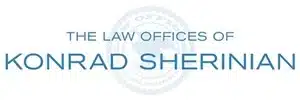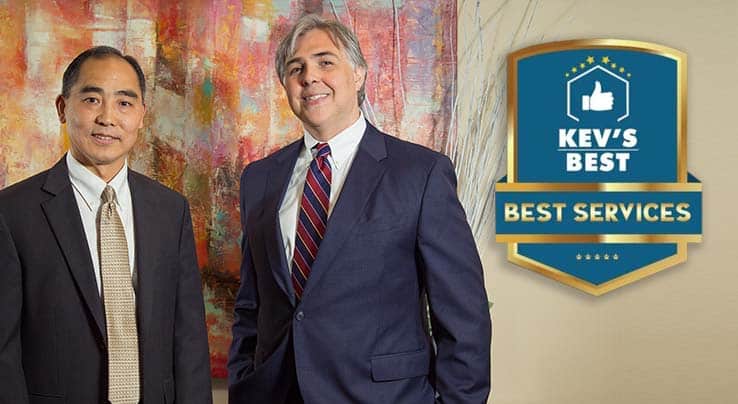What is Software?
Software is a computer program; i.e., it has all instructions for a computer to perform a particular task. In particular, software contains a specific set of instructions that a computer can understand through its processor. The instructions are written in a language that a human can understand but a computer program gets the understanding through a translator (called a compiler) or an interpreter.
If you want to patent software that performs a key role in improving the performance of computer systems, speed, functions, and somehow, performance of required tasks in a more conventional manner while decreasing the number of resources in computing activities, then your software is likely patentable.
Patentable Software Vs Not Patentable Software
Patentability of software is generally determined by the “Alice Test,” which is the test set forth by the U.S. Supreme Court in the 2014 case Alice Corp. v. CLS Bank Int’l. The Alice Test comprises two prongs.
The first question asked by Alice is whether or not the claims of the software patent are directed to an abstract concept. With software, in many cases, the answer will be yes. However, in some cases, such as software designed to control a physical process, the answer will be no and the software will be deemed patentable. However, assuming that the software embodied by the claims of the patent are directed at an abstract concept, the second question asked by Alice is whether the claims recite additional elements that add “significantly more” than an abstract idea, a law of nature, or a natural phenomenon.
The second prong of the test is generally interpreted as a “prior art” test, meaning that if the software solves a problem in a new and non obvious way, it will typically pass the second prong of the Alice Test and be deemed patentable.
Software Patent Attorneys
Attorneys at the Law Offices of Konrad Sherinian, LLC have distinguished themselves as first-rate software patent attorneys. Multiple attorneys at the firm have a decade or more of experience as actual software developers prior to becoming patent attorneys. This experience has helped our attorneys write and prosecute hundreds of software patent applications for our clients. In particular, our attorneys understand software developers and can communicate with them directly, unlike the fresh-out-of-college lawyers that other firms employ. In addition, as we discuss below, our attorneys understand the special issues that software patents raise.
Eligibility Criteria for Software Patents
Most software inventions are patentable in the United States but a person who is seeking patents must know the eligibility criteria. Eligibility criteria include specific technical requirements and writing styles.
Writing Criteria
A patent must be written very carefully while explaining important details. A patent must be written in a way that explains the technical merits of the invention. A well written patent should also explain the challenges and solutions that you brought to address those challenges.
Technical Criteria
Some technical criteria that (if appropriate) should be addressed in a patent application are:
- The technical requirements, there are a few important points as discussed below;
- If software improves the computer functions and performance while enabling certain functions that were not previously available
- If software speeds up the computer tasks and processes
- If the software requires fewer resources
- If software resolves the computing issues in a unique, customized, and unconventional way
- If software provides an improved user interface
- If software uses a previously unknown algorithm or data structure.
Software Patents Require Special Expertise
Software patents face many challenges that other patents do not. To start, software inventions are simply different from mechanical, electrical, and chemical inventions. In addition, software patent applications are frequently rejected under 35 U.S.C. Sec. 101 – mechanical, electrical, and chemical patent applications are rarely rejected under 101 with the exception of drug patent applications.
What does 35 U.S.C. Sec. 101 State?
35 U.S.C. Sec. 101 states that:
Whoever invents or discovers any new and useful process, the machine, manufacture, or composition of matter, or any new and useful improvement thereof, may obtain a patent, therefore, subject to the conditions and requirements of this title.
The language here has been interpreted to impose four requirements on patentability:
- “A patent” has been interpreted to only allow a single invention to be claimed in a single patent,
- “Useful,” which has been interpreted to require that an invention must have a “specific, substantial, and credible utility,”
- “Whoever invents or discovers” has been interpreted to require that inventions be granted only to inventors.
- “Process, the machine, manufacture, or composition of matter” has been interpreted to limit the types of inventions that are eligible for patent protection.
Software Patents are About the Process – Not About Source Code
How to Patent a Software?
No matter if you have a mobile app, software, or another invention, our patent attorneys are happy to guide you about the process of getting software patents. According to the eligibility criteria, if your invention meets the Alice Test, your invention can be protected by a patent.
A major challenge comes when software is used for business methods which means a business owner is using software to perform business operations and activities. However, in many cases, it is even possible to obtain protection for business methods.

